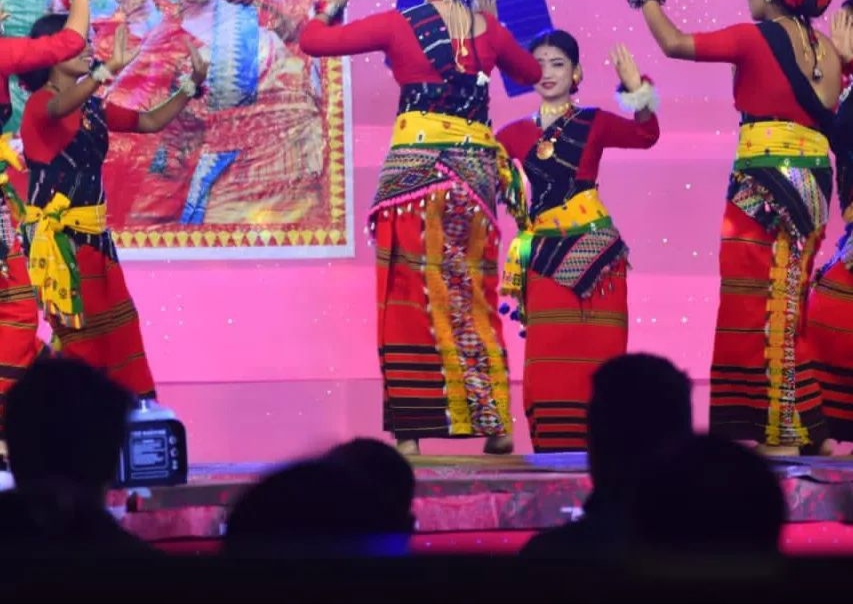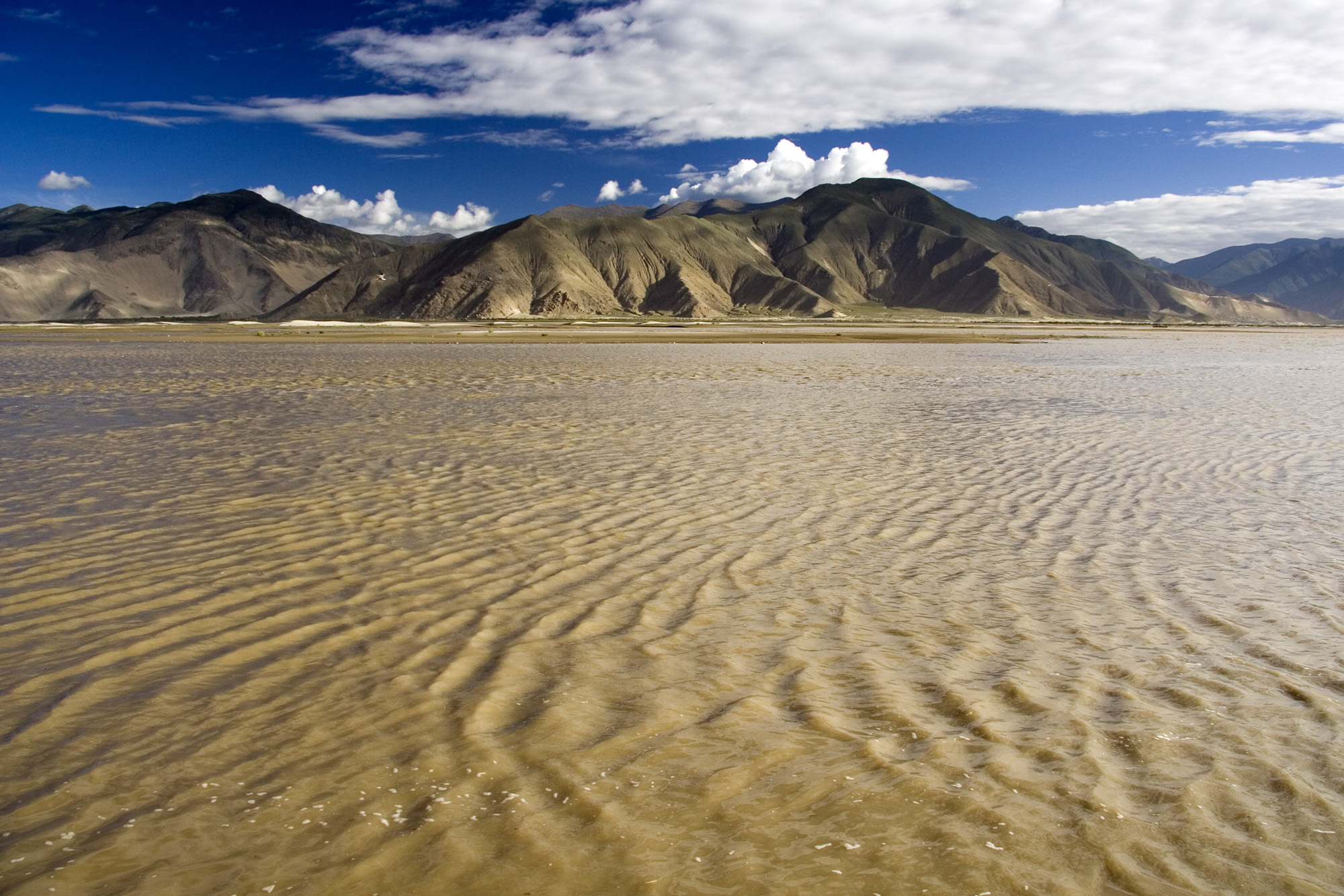|
Mising Tribe
The Mising people are a Sino-Tibetan ethnic group inhabiting mostly in the Northeast Indian states of Assam and Arunachal Pradesh. They are part of the greater Tani group of people of India and Tibet Autonomous Region of China. Demographics Etymology is an endonym which literally means "man of the soil." , on the other hand, is an exonym commonly applied by plains Assamese people. The origin of the term Mising is believed to be coming from the river named Siang that connects with Brahmaputra in Assam. There is still much scholarly debate on the origin of the term "Miri." Some colonial scholars argued that 'miri' referred to their status as intermediaries between plains people in the Brahmaputra Valley and hill tribes towards the north. More recent scholarship associated with being religious functionaries with Tani hill-tribes. So when the Misings migrated to the plains they were identified as coming from the ('Miri hills'), whose feats of magic would have been well- ... [...More Info...] [...Related Items...] OR: [Wikipedia] [Google] [Baidu] |
Assam
Assam (, , ) is a state in Northeast India, northeastern India, south of the eastern Himalayas along the Brahmaputra Valley, Brahmaputra and Barak River valleys. Assam covers an area of . It is the second largest state in Northeast India, northeastern India by area and the largest in terms of population, with more than 31 million inhabitants. The state is bordered by Bhutan and Arunachal Pradesh to the north; Nagaland and Manipur to the east; Meghalaya, Tripura, Mizoram and Bangladesh to the south; and West Bengal to the west via the Siliguri Corridor, a strip of land that connects the state to the rest of India. Assamese language, Assamese and Bodo language, Bodo are two of the official languages for the entire state and Meitei language, Meitei (Manipuri language, Manipuri) is recognised as an additional official language in three districts of Barak Valley and Hojai district. in Hojai district and for the Barak valley region, alongside Bengali language, Bengali, which is also ... [...More Info...] [...Related Items...] OR: [Wikipedia] [Google] [Baidu] |
Tani People
The Tani people include the Adi, Apatani, Galo, Mising, Nyishi, and Tagin ethnic groups of India and China. As members of the Tibeto-Burman ethnic group, they speak various Tani languages and primarily reside in the Indian states of Arunachal Pradesh and Assam, as well as the Tibet Autonomous Region in China. With a population of approximately 2.17 million, the Tani people are among the largest ethnic groups in Northeast India. The Chinese government categorises the Tani people under the Lhoba people, Lhoba ethnic group. History Most of the residents of Arunachal Pradesh and Upper Assam belong to the six Tani tribes ( Nyishi, Adi people, Adi, Galo tribe, Galo, Apatani, Tagin, and Mising) who are all said to be descended from Abotani. Some of the history of the Tani people has been recorded in the ancient libraries of Tibet as the Tani people traded swords and other metals with Tibetan people, Tibetans in exchange for meat and wool. Festivals Solung Solung, obs ... [...More Info...] [...Related Items...] OR: [Wikipedia] [Google] [Baidu] |
Naga People
Nagas are various Tibeto-Burman languages, Tibeto-Burman ethnic groups native to northeastern India and northwestern Myanmar. The groups have similar cultures and traditions, and form the majority of population in the Indian state of Nagaland and Naga Self-Administered Zone of Myanmar (Burma); with significant populations in Manipur, Arunachal Pradesh and Assam in India; Sagaing Region and Kachin State in Myanmar. The Nagas are divided into various List of Naga ethnic groups, Naga ethnic groups whose numbers and populations are unclear. They each speak distinct List of Naga languages, Naga languages often unintelligible to the others, but all are loosely connected to each other. Etymology The present day Naga people have historically been referred to by many names, like "Noga" or "Naka" by the inhabitants of the Ahom kingdom in what is now considered as Assam which means "people with pierced ears", "Hao" by Meitei people of Imphal Valley and "Nakas" by Bamar people, Burmese ... [...More Info...] [...Related Items...] OR: [Wikipedia] [Google] [Baidu] |
Buranjis
Buranjis (Ahom language: ''ancient writings'') are a class of historical chronicles and manuscripts associated with the Ahom kingdom. There were written initially in the Ahom Language and later in the Assamese language as well. The Buranjis are an example of historical literature which is rare in India—they bear resemblance to Southeast Asian traditions of historical literature instead. The Buranjis are generally found in manuscript form (locally called ''puthi''), a number of these manuscripts have been compiled and published especially in the Assamese language. They are some of the primary sources of historical information of Assam's medieval past, especially from the 13th century to the colonial times in 1828; and they have emerged as the core sources for historiography of the region for the pre-colonial period. The details in the Buranjis regarding the Ahom-Mughal conflicts agree with those in the Mughal chronicles such as '' Baharistan'', ''Padshahnama'', ''Alamgirnama ... [...More Info...] [...Related Items...] OR: [Wikipedia] [Google] [Baidu] |
Lhasa Tibetan
Lhasa Tibetan or Standard Tibetan is a standardized dialect of Tibetan spoken by the people of Lhasa, the capital of the Tibetan Autonomous Region. It is an official language of the Tibet Autonomous Region. In the traditional "three-branched" classification of the Tibetic languages, the Lhasa dialect belongs to the Central Tibetan branch (the other two being Khams Tibetan and Amdo Tibetan). In terms of mutual intelligibility, speakers of Khams Tibetan are able to communicate at a basic level with Lhasa Tibetan, while Amdo speakers cannot. Both Lhasa Tibetan and Khams Tibetan evolved to become tonal and do not preserve the word-initial consonant clusters, which makes them very far from Classical Tibetan, especially when compared to the more conservative Amdo Tibetan. Registers Like many languages, Lhasa Tibetan has a variety of language registers: * ( Wylie: , literally " demotic language"): the vernacular speech. * ( Wylie: , "honorifics or deference, courtesy"): the ... [...More Info...] [...Related Items...] OR: [Wikipedia] [Google] [Baidu] |
South Tibet
Southern Tibet is a literal translation of the Chinese term "" (), which may refer to different geographic areas: The southern part of Tibet, covering the middle reaches of the Yarlung Tsangpo River Valley between Saga County to the west and Mainling County to the east, as well as neighbouring areas located between the Himalayas to the south and the Transhimalayas range to the north. The region extends around 1,000 km from west to east and 300 km from north to south. By this definition, Southern Tibet includes most of modern-day Shigatse, Lhasa, Lhoka (Shannan) Prefecture and Nyingchi Prefecture. Southern Tibet may also refer to a shorter section of the Yarlung Tsangpo and tributaries covering most of Lhoka and Nyingchi Prefectures from the confluence with the Lhasa River to the west up to the beginning of the Yarlung Tsangpo Grand Canyon near Mainling County to the east. When used in relation to the Sino-Indian border dispute, Southern Tibet is a term mainly used by the People ... [...More Info...] [...Related Items...] OR: [Wikipedia] [Google] [Baidu] |
Tibetan People
Tibetans () are an East Asian people, East Asian ethnic group Indigenous peoples, native to Tibet. Their current population is estimated to be around 7.7 million. In addition to the majority living in the Tibet Autonomous Region of China, significant numbers of Tibetans live in the provinces of China, Chinese provinces of Gansu, Qinghai, Sichuan, and Yunnan, as well as in Bhutan, Tibetan refugees in India, India, and Nepal. The Tibetic languages belong to the Tibeto-Burman languages, Tibeto-Burman language group. The traditional or mythological explanation of the Tibetan people's origin is that they are the descendants of the human Pha Trelgen Changchup Sempa and rock ogress Ma Drag Sinmo. It is thought that most of the Tibeto-Burman speakers in southwest China, including Tibetans, are direct descendants from the Qiang (historical people), ancient Qiang people. Most Tibetans practice Tibetan Buddhism, although a significant minority observe the Indigenous Bon religion. There ... [...More Info...] [...Related Items...] OR: [Wikipedia] [Google] [Baidu] |
China
China, officially the People's Republic of China (PRC), is a country in East Asia. With population of China, a population exceeding 1.4 billion, it is the list of countries by population (United Nations), second-most populous country after India, representing 17.4% of the world population. China spans the equivalent of five time zones and Borders of China, borders fourteen countries by land across an area of nearly , making it the list of countries and dependencies by area, third-largest country by land area. The country is divided into 33 Province-level divisions of China, province-level divisions: 22 provinces of China, provinces, 5 autonomous regions of China, autonomous regions, 4 direct-administered municipalities of China, municipalities, and 2 semi-autonomous special administrative regions. Beijing is the country's capital, while Shanghai is List of cities in China by population, its most populous city by urban area and largest financial center. Considered one of six ... [...More Info...] [...Related Items...] OR: [Wikipedia] [Google] [Baidu] |
Brahmaputra River
The Brahmaputra is a trans-boundary river which flows through Southwestern China, Northeastern India, and Bangladesh. It is known as Brahmaputra or Luit in Assamese language, Assamese, Yarlung Tsangpo in Lhasa Tibetan, Tibetan, the Siang/Dihang River in Arunachal languages, Arunachali, and Jamuna River (Bangladesh), Jamuna River in Bengali language, Bengali. By itself, it is the 9th List of rivers by discharge, largest river in the world by discharge, and the 15th List of rivers by length, longest. It originates in the Manasarovar Lake region, near Mount Kailash, on the northern side of the Himalayas in Burang County of Tibet Autonomous Region, Tibet where it is known as the Yarlung Tsangpo River. The Brahmaputra flows along southern Tibet to break through the Himalayas in great gorges (including the Yarlung Tsangpo Grand Canyon) and into Arunachal Pradesh. It enters India near the village of Gelling, Arunachal Pradesh, Gelling in Arunachal Pradesh and flows southwest through t ... [...More Info...] [...Related Items...] OR: [Wikipedia] [Google] [Baidu] |
Exonym
An endonym (also known as autonym ) is a common, name for a group of people, individual person, geographical place, language, or dialect, meaning that it is used inside a particular group or linguistic community to identify or designate themselves, their place of origin, or their language. An exonym (also known as xenonym ) is an established, ''non-native'' name for a group of people, individual person, geographical place, language, or dialect, meaning that it is used primarily outside the particular place inhabited by the group or linguistic community. Exonyms exist not only for historico-geographical reasons but also in consideration of difficulties when pronouncing foreign words, or from non-systematic attempts at transcribing into a different writing system. For instance, is the endonym for the country that is also known by the exonyms ''Germany'' and in English and Italian, respectively, and in Spanish and French, respectively, in Polish, and and in Finni ... [...More Info...] [...Related Items...] OR: [Wikipedia] [Google] [Baidu] |








